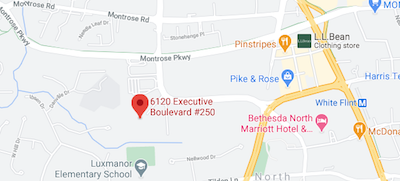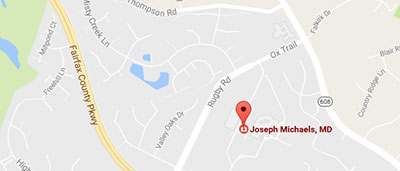 The term commonly used to describe male chests that appear enlarged, fatty or woman-like is usually “gynecomastia.” However, not all men with feminine-looking breasts have true gynecomastia — some actually have a condition called pseudogynecomastia, which may look similar, but it has a unique underlying cause. Here, Maryland plastic surgeon Dr. Joseph Michaels describes the differences between pseudogynecomastia and gynecomastia and explains what can be done about both.
The term commonly used to describe male chests that appear enlarged, fatty or woman-like is usually “gynecomastia.” However, not all men with feminine-looking breasts have true gynecomastia — some actually have a condition called pseudogynecomastia, which may look similar, but it has a unique underlying cause. Here, Maryland plastic surgeon Dr. Joseph Michaels describes the differences between pseudogynecomastia and gynecomastia and explains what can be done about both.
Understanding Pseudogynecomastia
Pseudogynecomastia is a condition in which the male breast area has excess adipose (fat) tissue behind, around and under the nipples. Although “pseudo” means false or masking something else, “fake gynecomastia” is a very real problem for some men, and can cause physical and psychological problems.
How to Treat It
First-line treatment for pseudogynecomastia is weight loss. As you lose body fat, your chest will also tend to get smaller. Most men use a combination of dietary changes and an increase in exercise to lose weight and sculpt the chest. While losing weight, some men find that wearing compression shirts creates the illusion of a leaner and flatter chest. Some gentlemen can still be left with pseudogynecomastia despite reaching their goal weight. Treatment will depend on the degree of residual fatty tissue and whether there is or isn’t a component of loose skin. Liposuction alone can be performed to remove stubborn fat deposits. If there is loose skin in addition to the residual fat, a skin component also needs to be reduced (removed) to tighten the skin. Depending on how much loose skin is present will determine the incision placement. During these procedures, the areola is also made to be proportional to the new chest contour. In many patients, the areola (the darkly pigmented skin surrounding the nipple) can be enlarged and may be the source of embarrassment.
Understanding Gynecomastia
The main difference between pseudogynecomastia and gynecomastia is the type of tissue that causes the breasts to look enlarged and feminine. In gynecomastia cases, the male chest area has excess glandular male breast tissue (and possibly excess fat tissue, too). Glandular tissue is firmer and more fibrous than fat tissue, and it does not respond to changes in diet or exercise. It is usually caused by an imbalance in hormone levels; other possible causes include the use of certain medications (e.g., steroids) and street drugs like marijuana.
How to Treat It
The recommended treatment for true gynecomastia is male breast reduction surgery. During the operation, Dr. Michaels uses surgical excision techniques to remove the glandular tissue; he may also use liposuction to remove fat tissue. Excess saggy skin can be removed and the remaining skin tightened, if needed to achieve the desired chest contour.
The surgery is typically performed through a small incision created around the areola and the armpit region; with the incision size and location, noticeable post-operative scarring is not a major concern.
Contact Dr. Joseph Michaels Today
Are you concerned about the shape of your chest? You are not alone. During your consultation, Dr. Michaels will advise you whether you have pseudogynecomastia or gynecomastia. He will examine your chest, review your medical history and explain your treatment options. To schedule a consultation with Dr. Michaels, please call (301) 468-5991 or (703) 957-8610 or send us an email.








